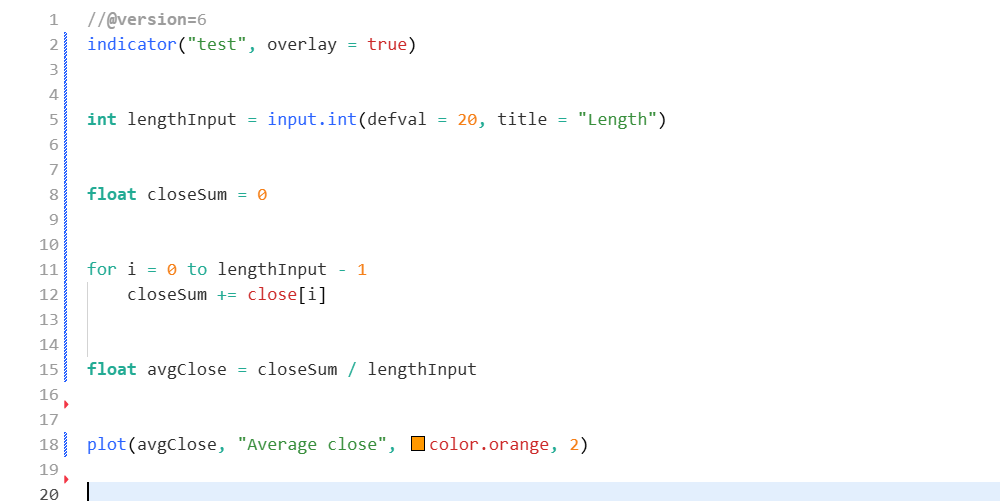好久不写文章了,重新到电脑前找感觉,果然还是验证之前小时候的那句话,一天不练自己知道,三天不练同行知道,十天不练观众也知道。虽然平时事情太多,但是为了给新来的同事们树立榜样,再忙我也可以做到一周一篇,其他人就不能找借口。所以我必须以身作则。
言归正传,最近墨尔本很不太平,不仅仅是各种偷盗,当街伤人事件层出不穷。更严重的是每个月几乎都有大规模的反移民游行抗议。这是非常危险的信号,虽然澳洲主流阶层和过去30年买房的既得利益者都因为大量移民的获利丰厚,但是更多的底层民众,没有买房的,或者还在租房的人群,却的的确确因为不断上涨的住房成本和不断上涨的生活成本而举步艰难。
墨尔本,这个曾经连续多年全球最适宜居住城市,在过去的5年却经历了惊人的倒退。由于州政府巨大的债务欠款,导致过去几年整个州的财政都围绕着尽快还清欠款的主题在制定政策:从翻倍的地税,到增加的企业工资税,到为了还债而减少的公共投入,以及过于宽松的青少年保释政策,使得墨尔本的整体经商,就业和居住环境出现了明显的恶化。以房价举例,作为澳洲第二大城市墨尔本,其平均房价现在居然还低于了更小的城市布里斯班和阿德雷德,这种短期的价格倒挂无疑就是在讽刺维州当局。连澳洲的投资者都逃离墨尔本,还不能说明问题吗?当然咱们今天的内容不是喷社会问题,抱怨了一大堆,内心增加负能量,还得我自己消化。不划算。
言归正传,澳洲最大的财经媒体AFR,在上周四发表了一篇文章,基本意思就是,澳洲最新出台的就业数据太差,基本注定了澳洲央行距离降息不远了。

根据澳洲统计数数据,澳洲9月的失业率从之前的4.2%骤然上升到了4.5%,短期的严重恶化,可能会使得澳洲央行原本准备稳定慢慢降息的计划被再次打乱。
大家可以参考我过去几个月甚至去年的文章,其实我本人一直认为,并且坚持我的观点,就是澳洲的物价并没有怎么好转。不论是买菜,吃饭,手机电器,还是娱乐消费,旅游,开车汽油保险,以及租房建房。所有澳洲统计局在计算物价时会参考的项目,我看了一遍,价格上涨幅度就几乎没有低于10%的。更别说这每天喝的咖啡了,墨尔本CBD一杯咖啡你要是选豆奶的,很多咖啡店都快7澳元了,这样的情况下,你告诉我物价控制住了?当然,政府为了给央行台阶下,也非常配合的出台了每家每年300澳元的电费减免计划,直接从统计数据里花钱作弊。这种自欺欺人的做法真的让我非常无语。
然后呢?4次补贴用完以后,电费还不是越来越高?煤气费更是翻天了。这种情况下,你告诉我物价控制住了,没事了?咱们是活在电视剧里吗?
当然,咱们知道这个世界不可能完美。澳洲央行和澳洲各界政府在做每个决定时我们也相信他们是抱着很好的愿景和希望的。只是结果没有达到预期。那么现在澳洲央行对比一年前那是还较为强劲的经济表现,现在应该说他们的决定更为艰难:
4.5%的失业率其实是一个明显的信号:企业招人少了,因为企业觉得未来不确定,甚至觉得未来可能会更不好,因此要节约开支,少招人。而不断增加的失业率,也将给目前依然在工作的人一个信号:外面的环境不好,不要轻易辞职,花钱要更谨慎。如此长期一来肯定会减少消费,帮助缓解通胀。
但是,在另一方面,即使在当前的利息下,悉尼和墨尔本的拍卖率又重新回到了80%甚至更高,这也意味着已经非常高的房价可能会再次上涨。这对于原本就因为生活成本高企而抱怨新移民的那批民众更加痛恨移民:他们会觉得是新移民抢走了工作,抢走了住房,抢走了一切。
但是他们忘记了自己的祖上曾经也是澳洲移民大军中的一员。在澳洲,除了本地的原住民,大家都是移民。我们不能因为自己移民了,就不让别人上车。澳洲的繁荣和发展,正是靠着不断增加的移民所带动的。在过去20年的历次金融危机中,只有澳洲是发达国家里唯一没有明显衰退的幸运儿。而其原因,就是靠着每次巨大的移民放水,通过直接提高社会住房,消费和物质需求来抵消金融危机带来的恐慌和消费紧缩。
扯远了,我要说的是,现在澳洲央行面临更加困难的情况:
1. 经济似乎在变差,失业率增加,国际局势以及铁矿石需求都对澳洲不利,这时理论上就需要通过降息来刺激消费,刺激经济,恢复市场信心。从这方面看,澳洲需要降息。
2. 但是物价还太高,根本没怎么下降。房价却还在上涨,如果再次降息,房价会上涨的更快,这样一来社会矛盾会更加尖锐,物价也更难回归正常。现任央行女行长是财政部长一手提拔的,或者说是超规格提拔的,因此她也在尽可能的配合联邦政府的经济政策。因此在目前社会矛盾尖锐,贫富差距进一步扩大,选民愤怒的情况下,似乎选择不降息也是正确选择。
那在左右为难的情况下,央行会怎么做?
我怎么知道,我又不是他们的蛔虫。但是这不妨碍我们瞎扯和猜。还是那句话,不论哪个专家哪个首席,归根结底都是猜。无非就是名头响亮的猜。
如果我是央行行长,在当前情况下,我不会选择马上降息。因为第一,即使我降息了,也无法改变国际环境:啥国际环境?中美贸易扯皮,中国对铁矿石需求降低,美国要澳洲站队,这个大环境短期不会变。就算澳洲把利息降到0,如果铁矿石卖不出去,那经济还是会受挫。所以如果降息不能直接,马上,立即刺激经济的话,我就会考虑另一个选择:不降息,可以带来什么好处?
1. 控制依然很高的物价,至少不会继续上涨。给普通大众生活成本带来一线改善,不要再激化社会矛盾。
2. 控制反弹过快的房价,这个不仅有利于缓解民间矛盾,更重要的是可以赢得选票。
那如果不降息,经济怎么办?
这时就要靠财政部长去说服总理,在移民闸口上送一下,靠100%新刚需来给帮澳洲撑一下。
所以总结来说,也许我判断有误,但是如果我是行长,在综合考虑各种利弊的情况下,我不会马上降息,而是会继续等待更多的数据和中美谈判结果,再做考虑。
而下一个话题,如果澳洲不马上降息,是不是意味着澳元不会继续下跌了?
答案是,你想多了,我依然坚持我从年初以来的看法:澳元和美元在未来很长一段时间,都会保持弱势。为啥?因为澳元看三个因素:铁矿石 价格,中国经济,和美元政策。什么时候中国的房价重新大规模反弹了,那澳元的长期走势就会重新开始上涨。
免责声明:GO Markets 分析师或外部发言人提供的信息基于其独立分析或个人经验。所表达的观点或交易风格仅代表其个人;并不代表 GO Markets 的观点或立场。
联系方式:
墨尔本 03 8658 0603
悉尼 02 9188 0418
中国地区(中文) 400 120 8537中国地区(英文) +248 4 671 903
作者:
Mike Huang | GO Markets 销售总监


%20(1).jpg)

.jpg)
.jpg)



.jpg)


